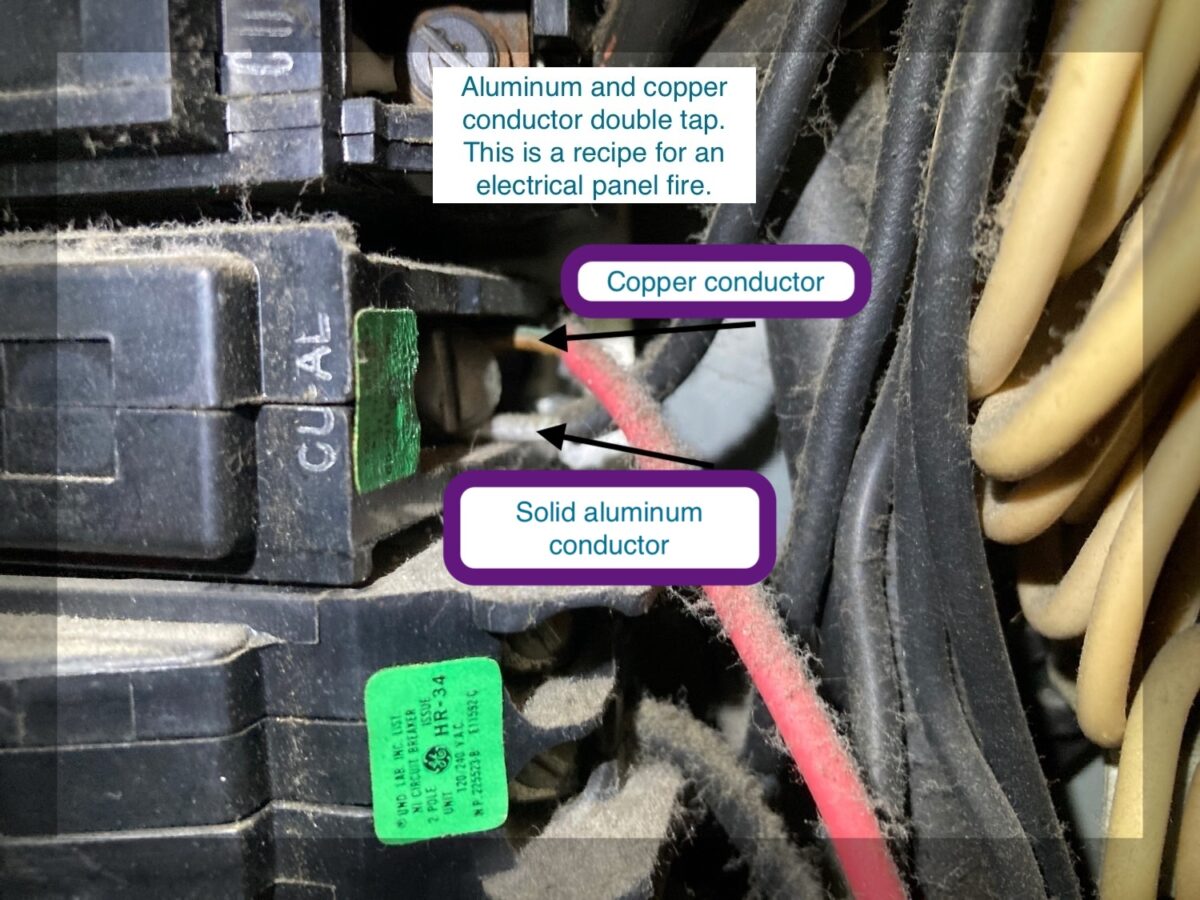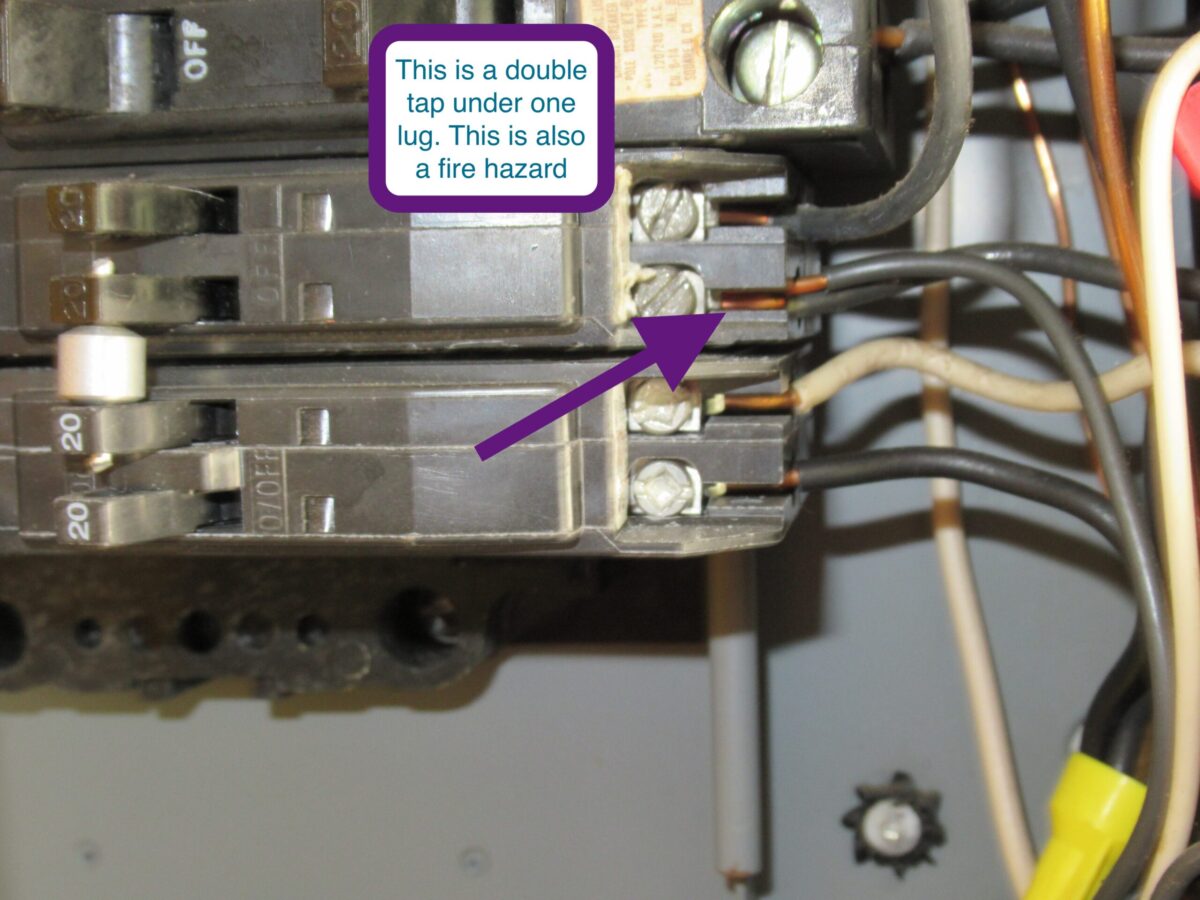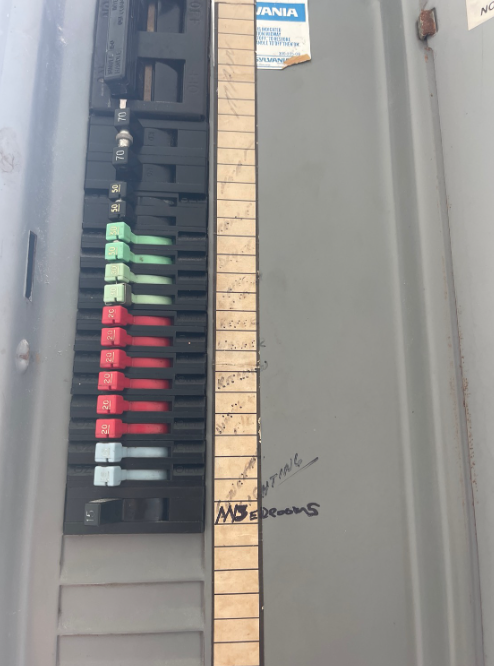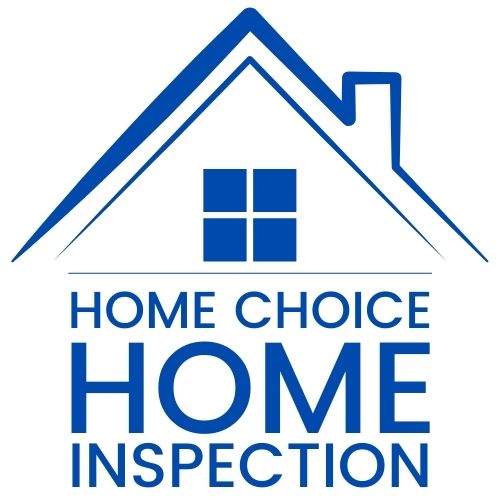Our electrical inspections cover a comprehensive range of components crucial for safety and compliance before you purchase a home. Here’s what we examine.
Power Line Service
We inspect the service drop or underground lateral for exposed wires, overhead connections, and attachment points. We ensure power lines have proper clearances—14.5 feet above residential areas and 12 feet above driveways. For pools and hot tubs, the minimum clearance from the water surface is 22.5 feet.
Service Entrance
Includes checking the service head, gooseneck, drip loops, service mast, conduit, and raceway masthead for any signs of damage or improper installation.
Electric Meter Base
We look for secure attachment and check the condition of the service entrance conductors and their protective sheath.
Main Service Disconnect
We evaluate the main service disconnect for damage and verify its amperage rating, essential for safely disconnecting the building from the utility supply.
Wiring and Circuits
Focus on identifying any use of aluminum wiring—common from 1960 to the mid-1970s and considered high-risk by insurers—and inspection of other potentially risky wiring like various types of cloth-covered insulated wires. We also look for wiring defects such as improper connections, arcing, or exposed live wires. We check that grounds and neutrals are appropriately separated in sub-panels and are bonded together in your main disconnect panel.


Panel-boards and Breakers
Inspection of main and sub-panel boards for issues such as open knockouts, incorrect screws, double taps, and recalled panel boxes. We focus on factors that could make it difficult for a new homeowner to secure homeowners insurance, such as the use of recalled electrical panels like Zinsco and relabeled GTE-Sylvania panels. Other panels deemed unsafe or problematic for insurers include Federal Pacific Stab-Lok panels, which have breakers that tend to fail to trip, and Challenger electric panels, which can overheat under normal conditions. Additionally, some Challenger panels were equipped with faulty 15 and 20 amp GFCI breakers that may fail to trip during an electrical overload.

Service Grounds and Bonding
Checking for the presence of grounding conductors, bonding, and ground rods.

AFCI and GFCI Outlets
We verify the presence and proper installation of AFCI and GFCI outlets, essential for modern electrical safety standards.
Electrical Defect Report
Upon completion, all findings, including any electrical defects, will be detailed and reported to our client.
